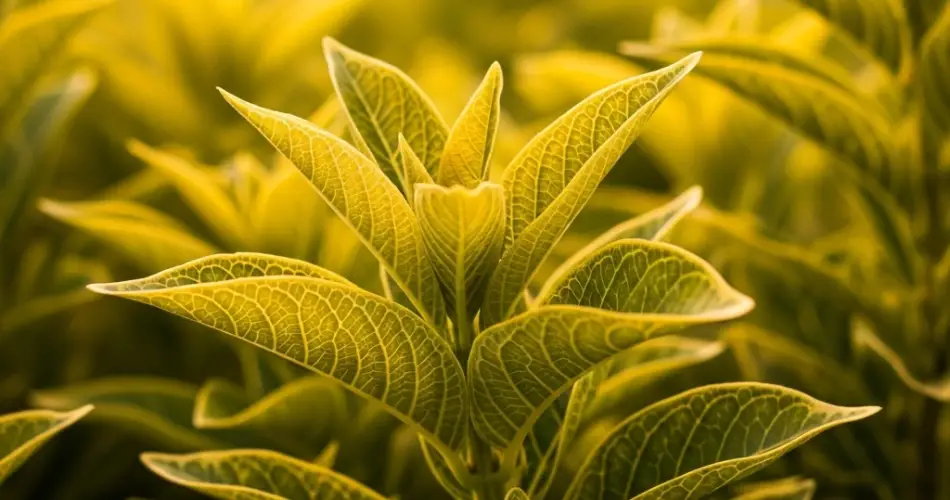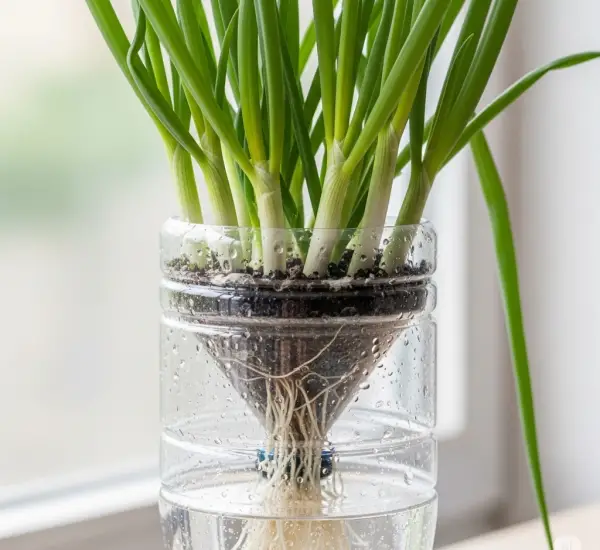If you’ve noticed your plants turning yellow and losing their vibrant green color, you’re not alone. Yellowing leaves can be a sign of many underlying issues, but one of the most common causes is a nutrient deficiency, particularly a lack of nitrogen. Fortunately, there’s a simple, natural solution that you can make at home to help revive your plants and restore their lush, healthy appearance.
This article will explain why plants turn yellow, what nutrients they need, and how you can prepare and use an effective homemade organic fertilizer that’s ecological, safe, and easy to apply.
Understanding Why Plants Turn Yellow
Yellowing leaves, often called chlorosis, occur when plants can’t produce enough chlorophyll, the pigment responsible for their green color and essential for photosynthesis. Common reasons for yellow leaves include:
-
Nutrient Deficiency: Especially nitrogen, iron, or magnesium.
-
Overwatering or Poor Drainage: Leads to root damage and nutrient uptake problems.
-
Pests or Diseases: Can stress plants and cause discoloration.
-
Environmental Stress: Excessive sunlight, cold temperatures, or transplant shock.
Among these, nutrient deficiencies are a frequent culprit and are often easy to correct with proper fertilization.
Why Nitrogen Is Vital for Green Plants
Nitrogen is a key macronutrient that supports vigorous leaf and stem growth. It’s a major component of chlorophyll molecules, amino acids, and proteins, all essential for plant development.
When nitrogen is deficient, older leaves tend to turn yellow first, as the plant reallocates nutrients to new growth. Without enough nitrogen, photosynthesis slows, and plants weaken.
Using an organic fertilizer rich in nitrogen can replenish soil nutrients and promote healthy green growth naturally.
Benefits of Homemade Organic Fertilizers
Homemade organic fertilizers offer several advantages:
-
Eco-Friendly: Avoid synthetic chemicals that can harm beneficial soil organisms.
-
Cost-Effective: Use common household or garden ingredients.
-
Gentle: Provide nutrients slowly and steadily, reducing the risk of over-fertilizing.
-
Soil Health: Improve soil structure and microbial activity over time.
By making your own fertilizer, you ensure your plants receive balanced nourishment tailored to their needs without damaging the environment.
Simple Homemade Fertilizer Recipe for Yellow Plants
Here is a natural, easy-to-make fertilizer recipe designed to boost nitrogen and essential nutrients:
Ingredients:
-
1 cup used coffee grounds
-
1 cup banana peel pieces
-
2 tablespoons crushed eggshells
-
1 tablespoon molasses (optional)
-
1 liter water
Instructions:
-
Place the coffee grounds, banana peel pieces, and crushed eggshells into a large jar or container.
-
Add the molasses, which feeds beneficial microbes and enhances nutrient availability (optional but recommended).
-
Pour in the water and stir well.
-
Cover loosely and let the mixture steep for 3 to 5 days, stirring daily.
-
Strain the liquid to remove solids, keeping the nutrient-rich fertilizer solution.
How to Use the Homemade Fertilizer
-
Apply as a Liquid Feed: Use the strained liquid to water your yellowing plants once every 7 to 10 days. Apply directly to the soil near the roots to maximize absorption.
-
Foliar Spray: Dilute the fertilizer further with water (about 1 part fertilizer to 3 parts water) and spray on the leaves. This allows nutrients to absorb through the leaf surface for quicker results.
-
Compost Booster: Add the leftover solids to your compost pile to enrich future soil amendments.
Additional Tips to Prevent Yellowing
-
Check Watering Habits: Ensure you’re not overwatering or underwatering. Soil should be moist but well-drained.
-
Improve Soil Drainage: Add organic matter like compost or perlite to heavy soils.
-
Use Mulch: Retains moisture and regulates soil temperature.
-
Provide Adequate Light: Most plants need at least 6 hours of indirect sunlight daily.
-
Inspect for Pests: Treat infestations promptly with natural remedies.
Why This Fertilizer Works
-
Coffee Grounds: Rich in nitrogen and small amounts of other minerals. They also improve soil texture and support microbial life.
-
Banana Peels: Contain potassium and phosphorus, essential for flowering and fruiting.
-
Eggshells: Provide calcium, which strengthens cell walls and helps prevent diseases like blossom end rot.
-
Molasses: Feeds beneficial soil bacteria, improving nutrient cycling and availability.
Together, these ingredients create a balanced, nourishing fertilizer that encourages deep green leaves and robust plant health.
Final Thoughts
Yellow leaves don’t have to mean the end for your plants. With this simple homemade organic fertilizer, you can naturally correct nutrient deficiencies and bring your plants back to vibrant life. The best part is that all the ingredients are eco-friendly, easy to find, and safe for both indoor and outdoor plants.
Make this fertilizer a part of your regular plant care routine, and enjoy lush, healthy greenery that brightens your home or garden.



